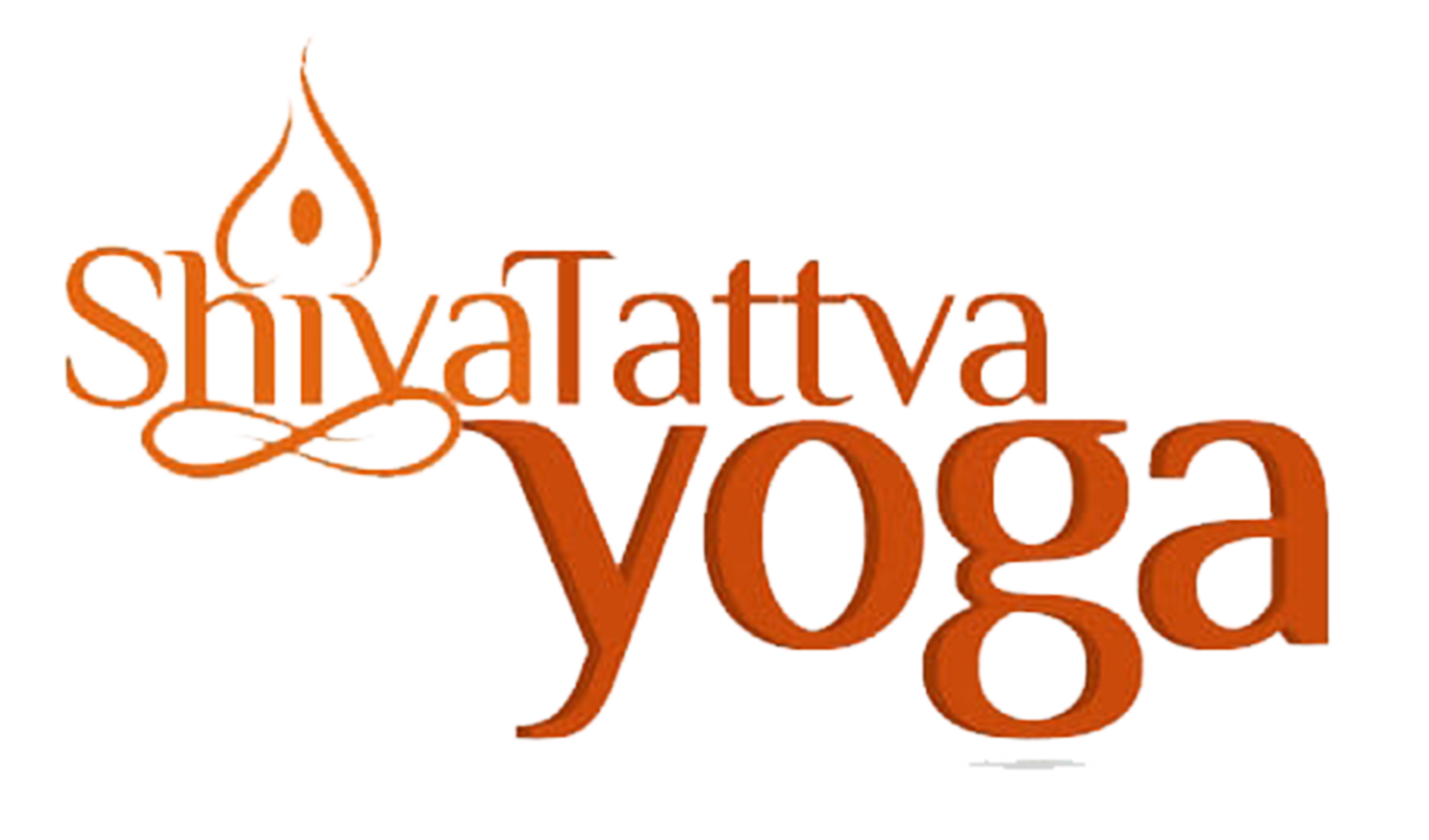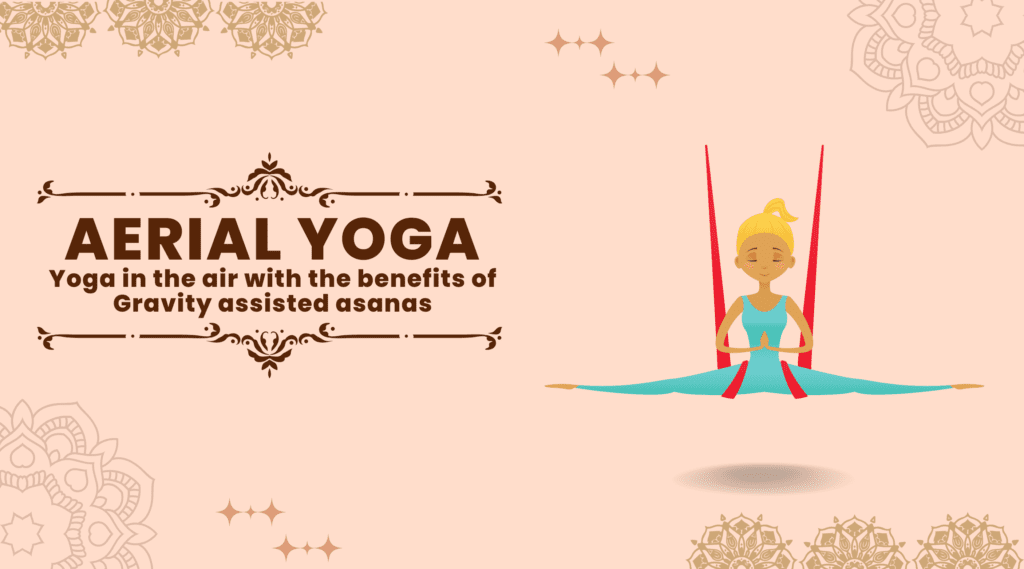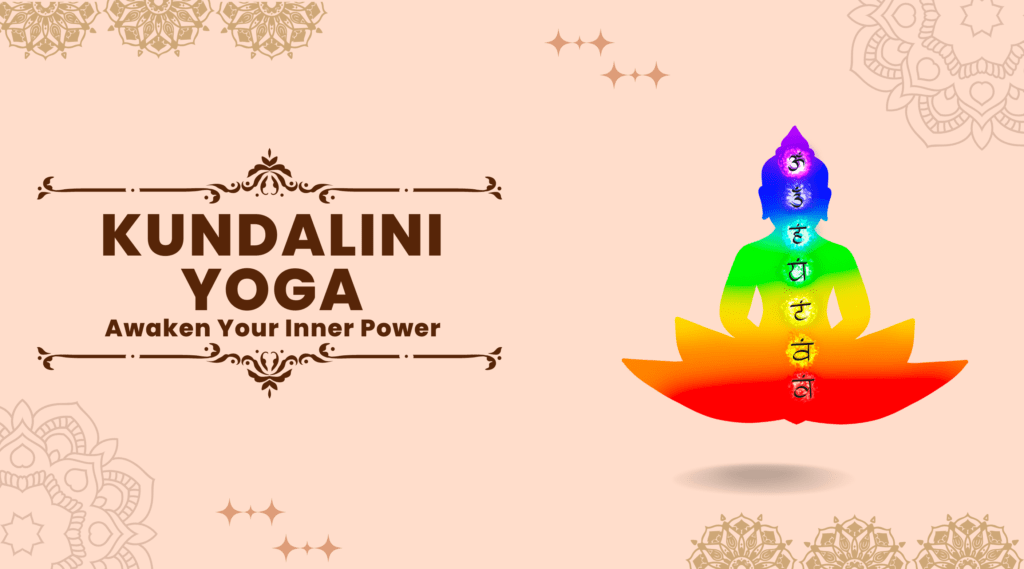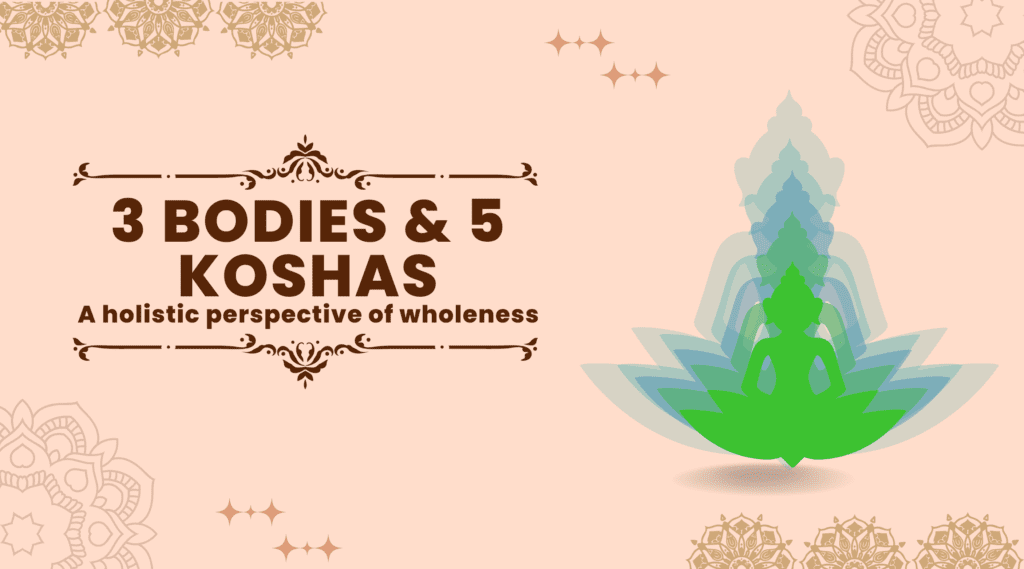Hatha Yoga: Achieve Strength, Flexibility and Inner Peace
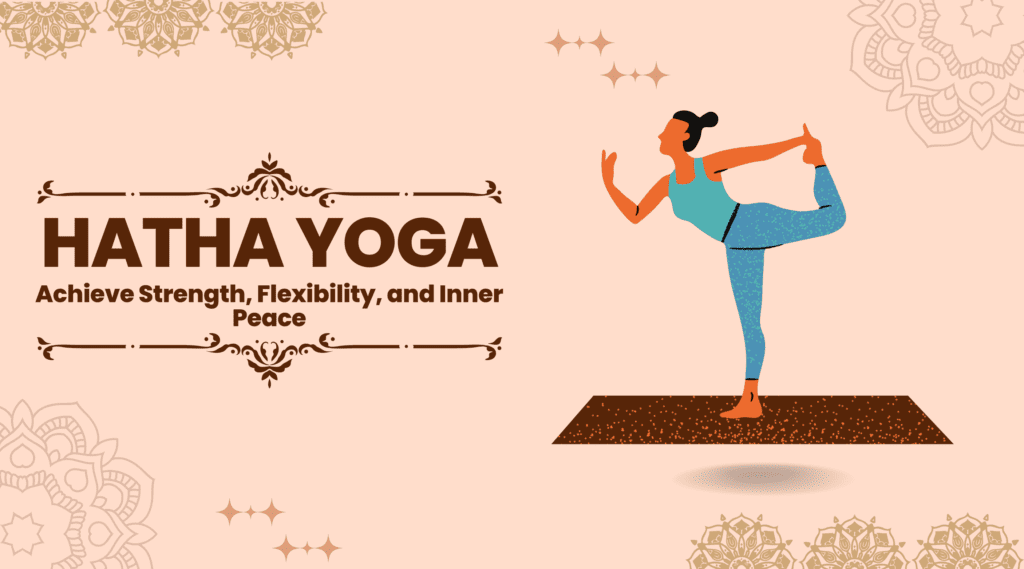
Introduction
Hatha Yoga is a form of yoga which is one of the most widely practised forms of yoga, known for its focus on physical postures, breath control, and meditation. It is a gentle and accessible practice and can benefit. And people of all ages and different fitness levels can perform it and get the benefits from Hatha yoga.
Origins and Principles of Hatha Yoga
The word “hatha” comprises two Sanskrit words “ha” and “tha,” “ha” means “sun” and “tha” means “moon”. Thus it reflects the dual nature of Hatha Yoga, which seeks to balance opposing energies within the body, mind, and spirit. This yoga very effectively helps in purifying our Pingla (solar) and Ida (lunar) Nadis (Nerves).
This yoga originated in ancient India from “Raj Yoga”. We can say “Hatha Yoga” is the generalised version of “Raj Yoga” without following Yama & Niyama of Raj Yoga. It was developed as a way to prepare the body and mind for more advanced practices of meditation and self-realisation.
The main principles of Hatha Yoga include asanas (physical postures), pranayama (breathing techniques), and meditation. The asanas are designed to strengthen and stretch the body, while pranayama is used to control and regulate the breath. Meditation is used to calm the mind and cultivate a sense of inner peace.
Suggested: Best Yoga Retreats And Yoga Teacher Training In Rishikesh
Starting Your Hatha Yoga Practice
We use the following as a tool to follow your practice:
1. Mantras – it is the tool to control the mind
2. Asanas – tool for gaining the body control
3. Pranayama – it gives control over the breath
4. Kriyas – it is used to cleanse & purify internal organs
5. Mudra – used to get control of subtle energies (pranas)
6. Bandhas – for stimulation of chakras (centres of energy)
If you’re interested in starting your own Hatha Yoga practice, here are some tips to get started:
1. Need of a qualified teacher: Look for a qualified Hatha Yoga teacher who can properly guide you through the different postures of this yoga and help you to develop a safe and effective practice.
2. Start slowly: Begin your practice with easy and gentle postures and gradually work your way up to more challenging poses.
3. Focus on breath: Pay attention to your breath while practising yoga and make use of pranayama techniques to regulate and control it.
4. Regular Practice: Try to practise Hatha Yoga regularly, even if it’s just for a few minutes each day.
5. Listen to your body: Listen to your body and avoid pushing yourself too hard or practising postures that cause pain or discomfort.
Benefits of Practising Hatha Yoga
This Yoga has numerous physical, mental, and emotional benefits. Some of these benefits include:
1. Improved flexibility and strength: The physical postures in this Yoga can help to increase flexibility, strength, and range of motion.
2. Reduced stress and anxiety: The combination of asanas, pranayama, and meditation can help to reduce stress, anxiety, and depression.
3. Improved cardiovascular health: This for of Yoga can help to improve cardiovascular health by lowering blood pressure and reducing the risk of heart disease.
4. Improved balance and coordination: This yoga can improve balance, coordination, and posture, which can help to reduce the risk of falls and injuries.
5. Increased awareness & mindfulness: The practice of this yoga can help to increase mindfulness, self-awareness, and inner peace.
6. Balance between nervous systems: It develops a proper balance between the sympathetic and parasympathetic nervous system.
There are some mental benefits also, they are as follows:
1. It calms the senses.
2. It makes the concentration better.
3. It improves the focus and makes it sharp.
4. It improves learning.
5. It eliminates mental stress/fatigue and gives stability to the emotions.
6. It relieves anxiety and removes depression.
7. It enhances the creativity of mind.
A General Hatha Yoga class
A class generally commences for around 90 minutes. It is divided into four parts.
1. Breathing: In the first part of the class, we perform breathing exercises. Here, we do the two most important exercises: 1. Anulom Vilom/Nadi Shodhan pranayama (alternate breathing with nostril) 2. Kapalabhati Kriya/Pranayama.
2. Warm up: In the second part, we do whole body warm-up exercises. Here we will start our practice with Surya Namaskar then dolphin and then leg raise. Surya Namaskar gives full warmth to the spine as well as all other large muscle groups.
3. Asanas: In the third part, we will perform 10 to 15 yoga asanas in a sequence. Here we hold the poses for 1 minute to 3 minutes depending on our capability. We can take a short break between the poses.
4. Relaxation: Here we will take 15 minutes deep relaxation . This is the process that makes us calm and relaxed. With this process we will finish the class.
Who can do Hatha Yoga?
This Yoga is an extremely beneficial yoga style for the people of all age groups. However, there are some people who will find a regular Hatha yoga class too challenging.
These are the people such as very senior citizens, people with neck or spinal injury, people with severe knee issues, people going through extensive injury recovery etc. They get more benefits in some easier form of yoga. For example Chair Yoga or Yin Yoga.
Most Popular Hatha Yoga Poses
Though there are 84 traditional poses in this yoga form. But the most popular poses are as follows:
Bhujangasana – Cobra Pose
Gomukhasana – Cow-Face Pose
Halasana- Plough Pose
Matsyasana – Fish Pose
Mayurasana – Peacock Pose
Natarajasana – Dancer Pose
Paschimottanasana – Seated Forward Bend
Sarvangasana – Shoulder Stand
Shirshasana – Headstand
Vrksasana – Tree Pose
Best Hatha Yoga books
Though many books are available on this Yoga but the best most popular books as under:
1. Patanjali Yoga Sutras – written by Swami Satchindananda
2. Light on Yoga – B.K.S. Iyengar
3. Asana, Pranayama, Mudra, Bandha – by Swami Satyananda Saraswati
4. Hatha Yoga Pradipika – by Pancham Singh
5. The Heart of Yoga – written by T.K.V Desikachar
Conclusion
Hatha Yoga is a gentle and accessible form of yoga that can benefit people of all ages and fitness levels. It is a holistic practice that seeks to balance the body, mind, and spirit through physical postures, breath control, as well as meditation.
By practising this style of Yoga regularly, you can improve your physical health, reduce stress and anxietyas well as cultivate a sense of inner peace and well-being.
You Can Also Read
